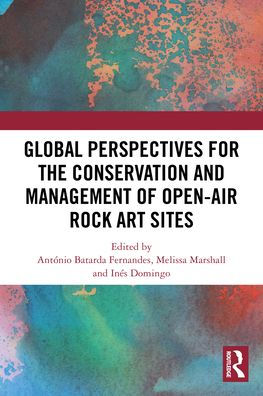Home
Tropical Conservation: Perspectives on Local and Global Priorities
Loading Inventory...
Barnes and Noble
Tropical Conservation: Perspectives on Local and Global Priorities
Current price: $200.00


Barnes and Noble
Tropical Conservation: Perspectives on Local and Global Priorities
Current price: $200.00
Loading Inventory...
Size: OS
*Product Information may vary - to confirm product availability, pricing, and additional information please contact Barnes and Noble
The tropics and subtropics are home to about 75% of the global human population. Cultural, economic, and political circumstances vary enormously across this vast geography of some 170 countries and territories. The regions not only harbor the world's poorest countries but their human populations are growing disproportionally faster than in temperate zones. Some countries are developing rapidly Brazil, China, India, and Mexico being obvious examples, while others still remain in the poverty trap.
This region contains an astonishing proportion of global biodiversity; some 90% of plant and animal species by some measures. Its contribution to human well-being is astounding. It was the birthplace for our species; and it hosts a myriad of plant and animal species which products feed us, keep us healthy, and supply us with a variety of material goods. The tropics and subtropics are also a natural laboratory where some of humanity's most important scientific discoveries have been made. Such biodiversity has enormous implications for research priorities, capacity building, and policy to address the challenges of conserving this region.
Tropical Conservation: Perspectives on Local and Global Priorities
drew the majority of its contributors from this growing pool of scientists and practitioners working in Latin America, Africa, and Asia. It introduces important conservation concepts and illustrates their application as the authors directly capture real world experiences in their home countries in preventing biodiversity loss and sustaining ecological health. Today, no part of the world can be viewed in isolation, and we further codify and integrate a range of approaches for addressing global threats to nature and environmental sustainability, including climate change and emerging diseases. Five sections structure the major themes.
This region contains an astonishing proportion of global biodiversity; some 90% of plant and animal species by some measures. Its contribution to human well-being is astounding. It was the birthplace for our species; and it hosts a myriad of plant and animal species which products feed us, keep us healthy, and supply us with a variety of material goods. The tropics and subtropics are also a natural laboratory where some of humanity's most important scientific discoveries have been made. Such biodiversity has enormous implications for research priorities, capacity building, and policy to address the challenges of conserving this region.
Tropical Conservation: Perspectives on Local and Global Priorities
drew the majority of its contributors from this growing pool of scientists and practitioners working in Latin America, Africa, and Asia. It introduces important conservation concepts and illustrates their application as the authors directly capture real world experiences in their home countries in preventing biodiversity loss and sustaining ecological health. Today, no part of the world can be viewed in isolation, and we further codify and integrate a range of approaches for addressing global threats to nature and environmental sustainability, including climate change and emerging diseases. Five sections structure the major themes.

















